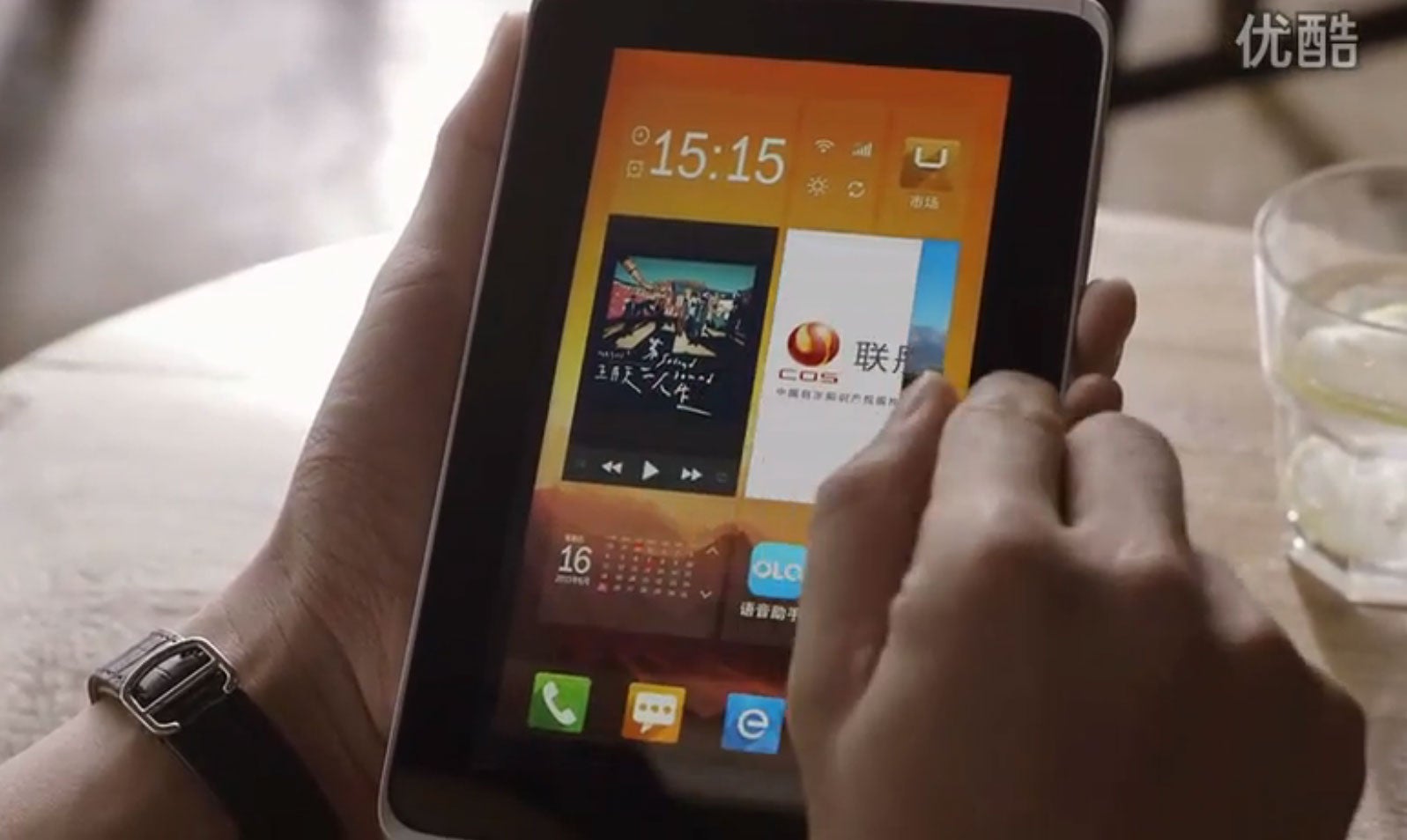Communist party launches 'China Operating System' to oust iOS and Android
The Linux-based operating system is state-approved, with China hoping that it can oust iOS and Android from the nation's handsets

Your support helps us to tell the story
From reproductive rights to climate change to Big Tech, The Independent is on the ground when the story is developing. Whether it's investigating the financials of Elon Musk's pro-Trump PAC or producing our latest documentary, 'The A Word', which shines a light on the American women fighting for reproductive rights, we know how important it is to parse out the facts from the messaging.
At such a critical moment in US history, we need reporters on the ground. Your donation allows us to keep sending journalists to speak to both sides of the story.
The Independent is trusted by Americans across the entire political spectrum. And unlike many other quality news outlets, we choose not to lock Americans out of our reporting and analysis with paywalls. We believe quality journalism should be available to everyone, paid for by those who can afford it.
Your support makes all the difference.China officials have launched a national operating system in an attempt to take back control of the country’s computer market from American companies such as Google and Apple.
The software has been in development for more than a year, but has been released at a crucial time with revelations about US-led surveillance sparking fears over the integrity of American-designed software.
Known simply as the China Operating System, or COS, the software can run on PCs, tablets and smartphones and has been based on the open-source Linux operating system.
Chinese media say that the OS has been created “entirely independently” in order to provide better localization for a range of features – from Chinese-language keyboards, to integration with the country’s banks.
At the launch of the event, one of the developers involved with the project reportedly criticized Western software, saying that Apple’s iOS was too closed, that Google’s Android OS suffered from fragmentation (ie, too many versions exist) and that both Android and Microsoft’s Windows software were insecure.
However, a video advertisement for COS suggests that Chinese developers weren’t that adverse to Western software, with the visual design of the national OS appearing strikingly similar to Android.

The video even found time to duplicate another staple of technology adverts in the US and UK, with footage of a hipster hanging out in a café and playing with his new gadget.
Reports from Quartz suggest that China’s netizens are not too impressed with the new software. "What does COS stand for? COPY OTHER SYSTEM?… But it really does look like a fusion of the Apple, Android, Symbian, and Blackberry operating system,” wrote a user called "byxu" Sina Weibo, China’s version of Twitter.
"It’s not open source because they’re terrified that others will see that the source code is the same as Android, and accuse them of cheating the government out of money," they added.
The creators of COS say that their "ultimate goal" is to become the number one operating system in China, but they will have a hard, uphill battle to get there.
Reports from market researcher IDC suggest that nearly 90 per cent of the country's smartphones run the Android operating system, whilst the recent deal between Apple and the country's largest mobile network suggest the Apple might soon increase their foothold in the market.

Join our commenting forum
Join thought-provoking conversations, follow other Independent readers and see their replies
Comments